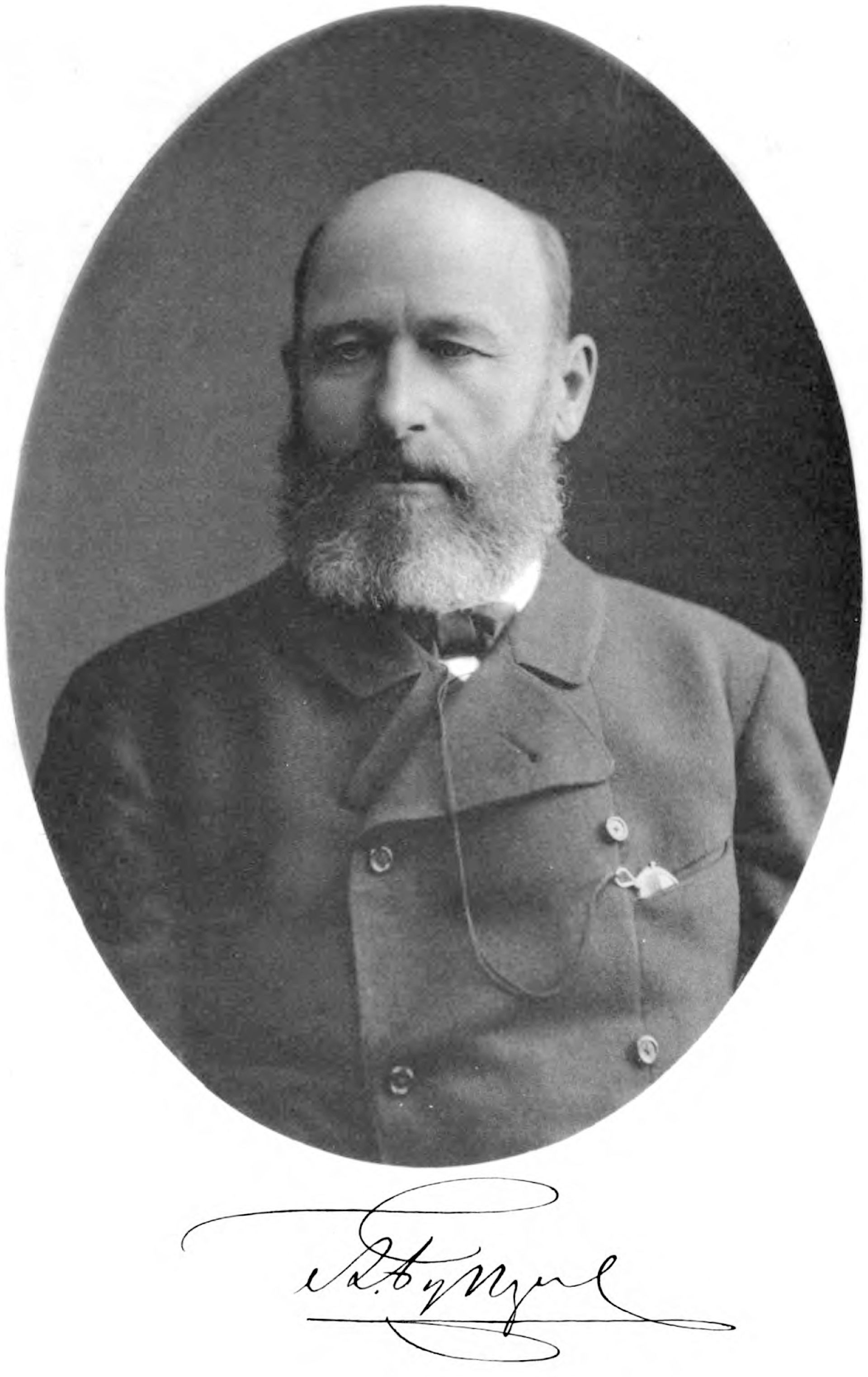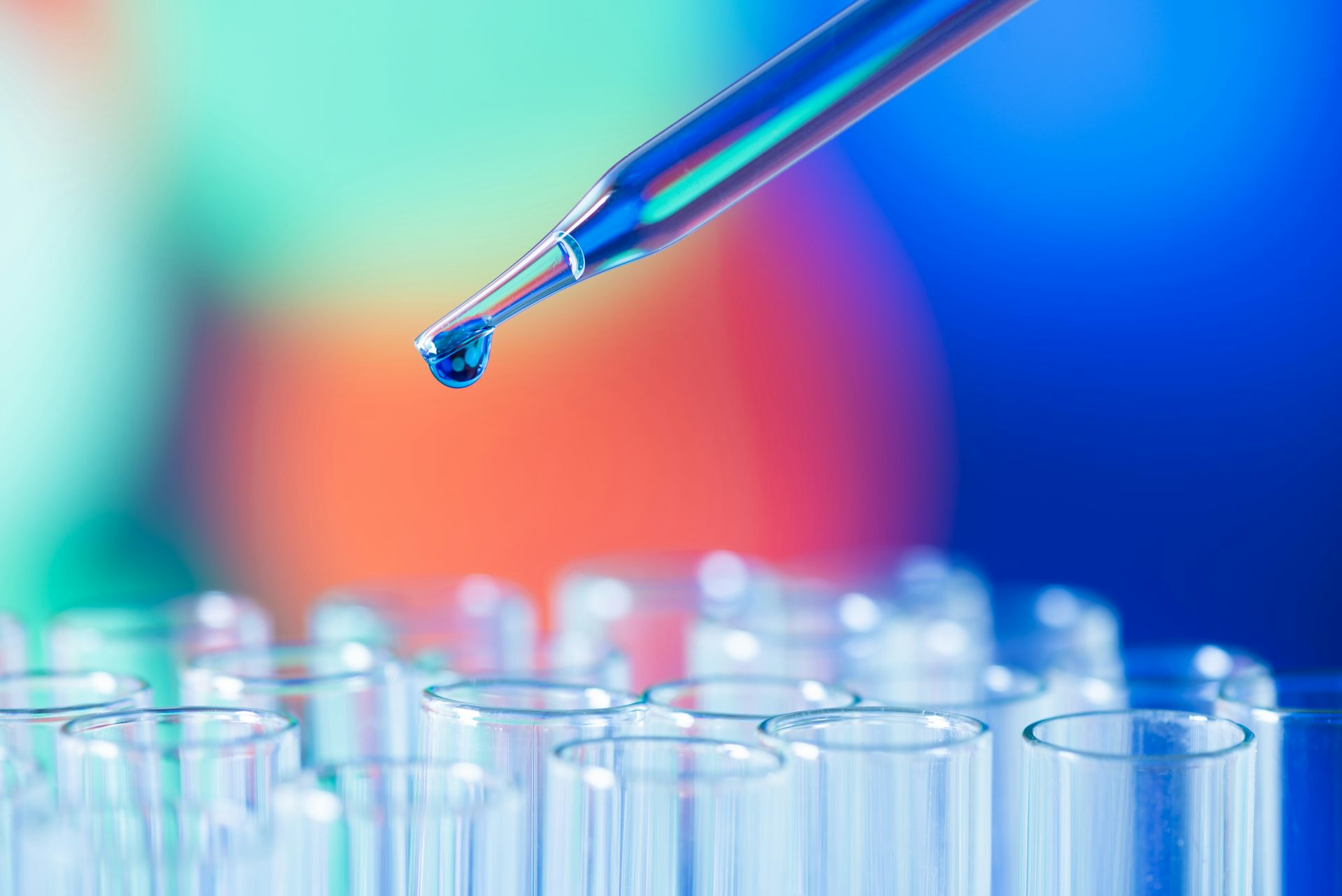Did this chemical reaction create the building blocks of life on Earth?

Scheme 2 Some pathways for the proposed reaction network of formose intermediates and cyanamide based on the autocatalytic cycle proposed by Breslow32 and experiments herein. It is hypothesised that the formation of tetrose and pentose aminooxazolines via the addition of 2-NH2Ox with glycolaldehyde and glyceraldehyde (gray dashed arrows), respectively, is likely not the dominant pathway as originally hypothesised in Scheme 1. See ESI Table S3† for more proposed structures. Note, that although the Breslow autocatalytic cycle is shown for simplicity, the full reaction network is much more complex; see ref. 30, 41 and 42.
It is generally assumed that this process took place in deep ocean hydrothermal vents, or 'black smokers' where the right chemicals and catalysts were present with sources of energy in the form of geothermal heat, and a rich chemical soup of the basic ingredients needed. It is also assumed that the earliest forms of self-replicating organisms were RNA- based, and only became DNA-based later on. In fact, there is a school of thought that says living things are still essentially RNA-based, using DNA as a data store, since DNA is always transcribed into its RNA counterpart to be useful to a cell in transporting amino acids and producing proteins.
Whatever the final pathway turns out to have been, we can be sure it all started with a relatively simple, self-catalyzing molecule, that just needs a supply of the right raw materials to proceed, and there is a simple chemical reaction, known as the formose reaction, that we have known about since 1861 which fits that requirement. Basically, the formose reaction is where the molecule glycolaldehyde, given a supply of formaldehyde, will keep producing copies of itself and will only stop when the supply of formaldehyde runs out.
The following article by Quoc Phuong Tran a PhD Candidate in Prebiotic Chemistry at the University of New South Wales, Sydney, Australia, is reprinted from The Conversation under a Creative Commons license, reformatted for stylistic consistency. In it, he discusses this reaction and the role it could have played in abiogenesis:

Did this chemical reaction create the building blocks of life on Earth?
Source: Shutterstock
Quoc Phuong Tran, UNSW Sydney
How did life begin? How did chemical reactions on the early Earth create complex, self-replicating structures that developed into living things as we know them?
According to one school of thought, before the current era of DNA-based life, there was a kind of molecule called RNA (or ribonucleic acid). RNA – which is still a crucial component of life today – can replicate itself and catalyse other chemical reactions.
But RNA molecules themselves are made from smaller components called ribonucleotides. How would these building blocks have formed on the early Earth, and then combined into RNA?
Chemists like me are trying to recreate the chain of reactions required to form RNA at the dawn of life, but it’s a challenging task. We know whatever chemical reaction created ribonucleotides must have been able to happen in the messy, complicated environment found on our planet billions of years ago.
I have been studying whether “autocatalytic” reactions may have played a part. These are reactions that produce chemicals that encourage the same reaction to happen again, which means they can sustain themselves in a wide range of circumstances.
In our latest work, my colleagues and I have integrated autocatalysis into a well-known chemical pathway for producing the ribonucleotide building blocks, which could have plausibly happened with the simple molecules and complex conditions found on the early Earth.
The formose reaction
Autocatalytic reactions play crucial roles in biology, from regulating our heartbeats to forming patterns on seashells. In fact, the replication of life itself, where one cell takes in nutrients and energy from the environment to produce two cells, is a particularly complicated example of autocatalysis.
A chemical reaction called the formose reaction, first discovered in 1861, is one of the best examples of an autocatalytic reaction that could have happened on the early Earth.

A reaction between glycolaldehyde and formaldehyde makes a bigger molecule, splitting off fragments that feed back into the reaction and keep it going. However, once the formaldehyde runs out, the reaction stops, and the products start to degrade from complex sugar molecules into tar.
The formose reaction shares some common ingredients with a well-known chemical pathway to make ribonucleotides, known as the Powner–Sutherland pathway. However, until now no one has tried to connect the two – with good reason.
The formose reaction is notorious for being “unselective”. This means it produces a lot of useless molecules alongside the actual products you want.
An autocatalytic twist in the pathway to ribonucleotides
In our study, we tried adding another simple molecule called cyanamide to the formose reaction. This makes it possible for some of the molecules made during the reaction to be “siphoned off” to produce ribonucleotides.
The reaction still does not produce a large quantity of ribonucleotide building blocks. However, the ones it does produce are more stable and less likely to degrade.
What’s interesting about our study is the integration of the formose reaction and ribonucleotide production. Previous investigations have studied each separately, which reflects how chemists usually think about making molecules.

Chemistry often focuses on clean, efficient and productive reactions, rather than messy combinations.
These interactions, which happen everywhere in the real world outside the lab, are arguably the bridge between chemistry and biology.
Industrial applications
Autocatalysis also has industrial applications. When you add cyanamide to the formose reaction, another of the products is a compound called 2-aminooxazole, which is used in chemistry research and the production of many pharmaceuticals.
Conventional 2-aminooxazole production often uses cyanamide and glycolaldehyde, the latter of which is expensive. If it can be made using the formose reaction, only a small amount of glycolaldehyde will be needed to kickstart the reaction, cutting costs.
Our lab is currently optimising this procedure in the hope we can manipulate the autocatalytic reaction to make common chemical reactions cheaper and more efficient, and their pharmaceutical products more accessible. Maybe it won’t be as big a deal as the creation of life itself, but we think it could still be worthwhile.
Quoc Phuong Tran, PhD Candidate in Prebiotic Chemistry, UNSW Sydney
This article is republished from The Conversation under a Creative Commons license. Read the original article.
AbstractNo doubt there will be right now, flunkies working in the Deception Institute preparing the disinformation campaign in readiness for science announcing that they have succeeded in showing how self-catalysing systems can produce the building blocks for the next stage in abiogenesis - the assembly of autocatalytic RNA, the inevitable result of which would have been self-replicating, membrane-bound 'living' organisms able to manage entropy by utilising the chemicals in their environment, just as living organisms do today.
The formose reaction is often cited as a prebiotic source of sugars and remains one of the most plausible forms of autocatalysis on the early Earth. Herein, we investigated how cyanamide and 2-aminooxazole, molecules proposed to be present on early Earth and precursors for nonenzymatic ribonucleotide synthesis, mediate the formose reaction using HPLC, LC-MS and 1H NMR spectroscopy. Cyanamide was shown to delay the exponential phase of the formose reaction by reacting with formose sugars to form 2-aminooxazole and 2-aminooxazolines thereby diverting some of these sugars from the autocatalytic cycle, which nonetheless remains intact. Masses for tetrose and pentose aminooxazolines, precursors for nucleotide synthesis including TNA and RNA, were also observed. The results of this work in the context of the chemoton model are further discussed. Additionally, we highlight other prebiotically plausible molecules that could have mediated the formose reaction and alternative prebiotic autocatalytic systems.
After all, there is nothing in the laws of chemistry or physics that makes this impossible and nothing that requires magic.




No comments :
Post a Comment
Obscene, threatening or obnoxious messages, preaching, abuse and spam will be removed, as will anything by known Internet trolls and stalkers, by known sock-puppet accounts and anything not connected with the post,
A claim made without evidence can be dismissed without evidence. Remember: your opinion is not an established fact unless corroborated.